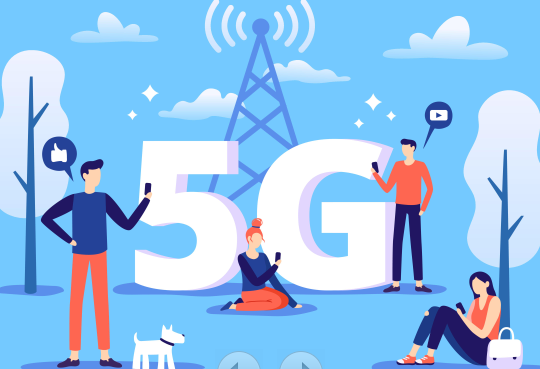Network construction requirements for 5G optical fiber products

Network construction requirements for 5G optical fiber products

5G is a leading technology in the field of next-generation information and communication technology. At the same time, 5G technology, as an important factor to promote the development of the industrial Internet, is both a new opportunity and a huge challenge.

It is worth mentioning that in the process of transforming from informatization and automation to digitalization and intelligence, industry customers are actively embracing 5G technology. At the same time, 5G network construction puts forward higher requirements for optical fiber and cable products.
This article only describes the application requirements of 5G network construction for optical cable products from the aspect of optical cable application.
Requirements for optical fiber in 5G network construction:
1. Front end
Since there are a large number of optical fiber resources in the front road network and pipeline resources need to be laid, in this scenario, G.657.A2 with high bending resistance is a suitable choice.
2. Convergence layer
The transmission distance does not exceed 80km, but all data traffic at the access layer of the 5G metropolitan area network needs to be aggregated. The line interface bandwidth will reach 200Gbps, usually using 200G gray optical modules or N*100G colored optical modules, and can use G.652.D optical fibers or lay new optical fibers.
3. Core layer
This is the last level of the metropolitan area network, which will be directly connected to the provincial backbone network and connected upward to the backbone network. Obviously, of all the levels of the metropolitan area network, it is the one that handles the largest amount of traffic.
The core layer of the 5G metropolitan area network generally adopts a ring network or a dual uplink network, and the peak bandwidth of the line interface will be increased to 400Gbps.
Usually, 400G gray light modules or N*400G color light modules are used, and the transmission distance is not large. Over 80 kilometers, G.652.D optical fiber with low cost and large bandwidth can still be used.
4. Relay fiber
Compared with the metropolitan area network, the transmission distance of the provincial backbone network is much longer, generally reaching tens of kilometers to hundreds of kilometers, and the peak bandwidth of the line interface will be increased to 400Gbps, using 400G gray optical modules or N*400G color optical modules .
In terms of transmission, compared with traditional G.652 optical fiber, G.654.E optical fiber has obvious advantages in non-electrical relay distance, so low-attenuation G.654.E optical fiber is currently the best choice.
5. Data center
With the acceleration of network cloudification and enterprise cloud migration, data centers will become the focus of 5G development.
With the increasing demand for network bandwidth in data centers, the internal transmission rate of data centers has evolved from 1G/10G to 25G/100G and 200G/400G. At the same time, multi-wavelength multiplexing technology and favorable bending performance that support high bandwidth performance are also required . At this time, the bend-insensitive OM4 and OM5 multimode fibers have become popular fibers for data center construction.
Summarize
5G promotes smart cities, smart cars, mobile Internet of Things, virtual reality and other emerging technologies into our lives. All of this must be supported by a strong and stable network. With higher requirements, in order to meet richer 5G applications, operators are re-planning and designing existing networks.
Likewise, new network architectures place new demands on fiber optic cables. As the basic physical layer, fiber optic cable must not only meet the current application requirements, but also adapt to future development needs.